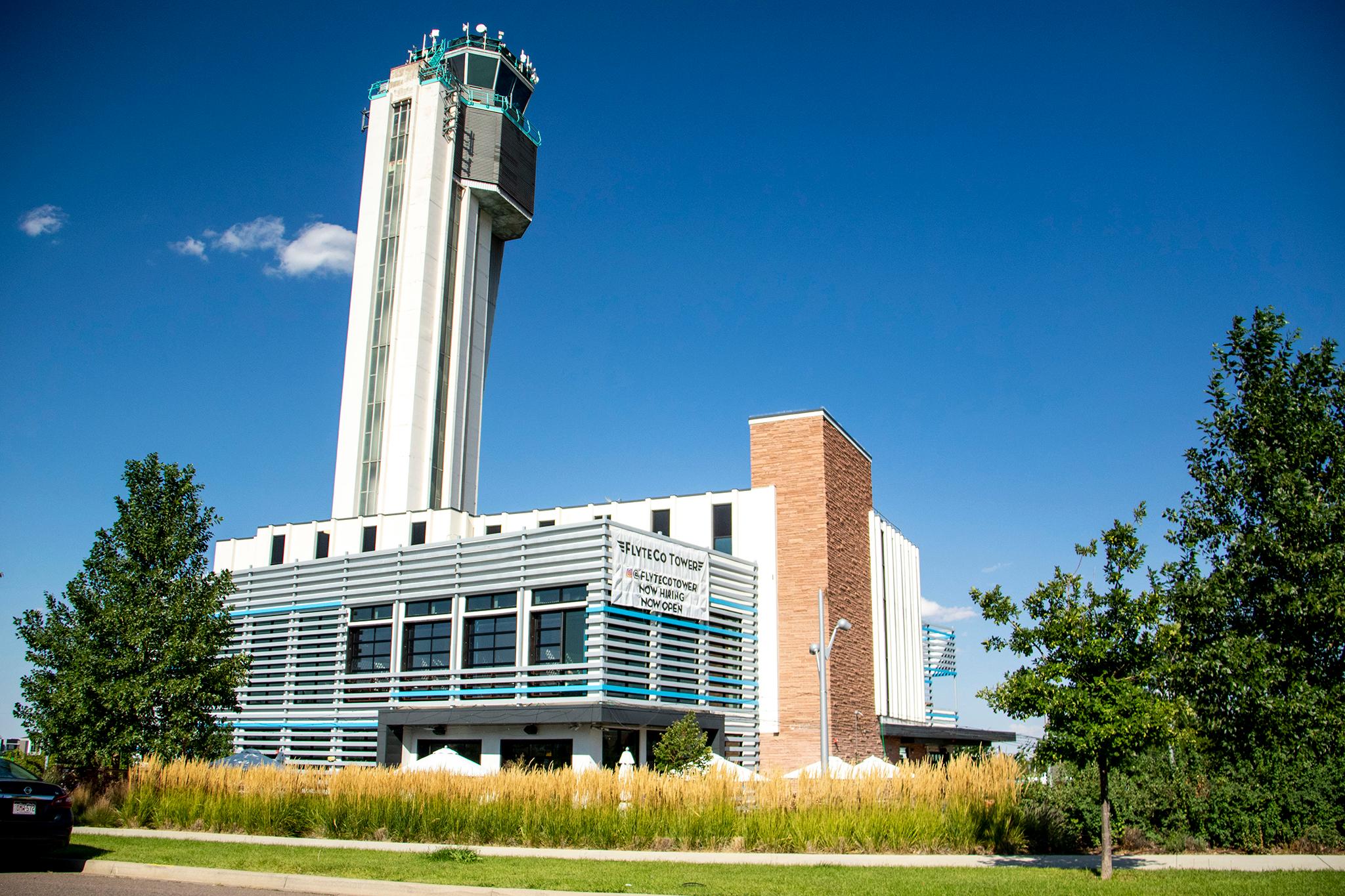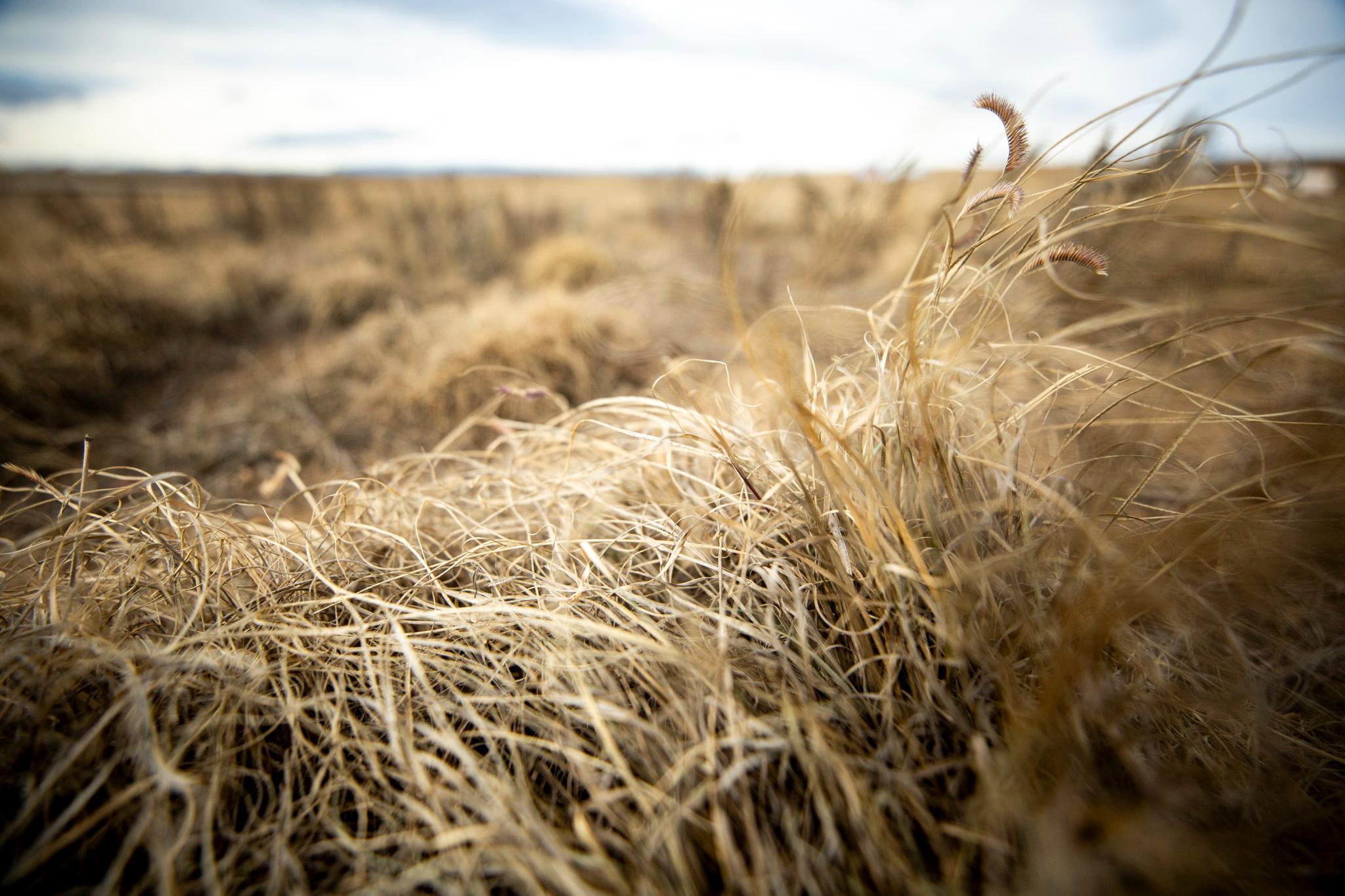At the junction of Martin Luther King Jr. and Central Park boulevards, Denver's Central Park neighborhood's most distinctive landmark looms over a wash of suburban-style housing, a 164-foot airport tower built in the '60s, a misfit relic from the area's aviation past. The tower has even become the official symbol of the registered neighborhood group, Central Park United Neighbors.
The tower was a mid-century addition to Denver's longstanding airport, which originally opened in 1929, Denver Mayor Benjamin Stapleton's city-defining vision of creating a port for commerce and travel.
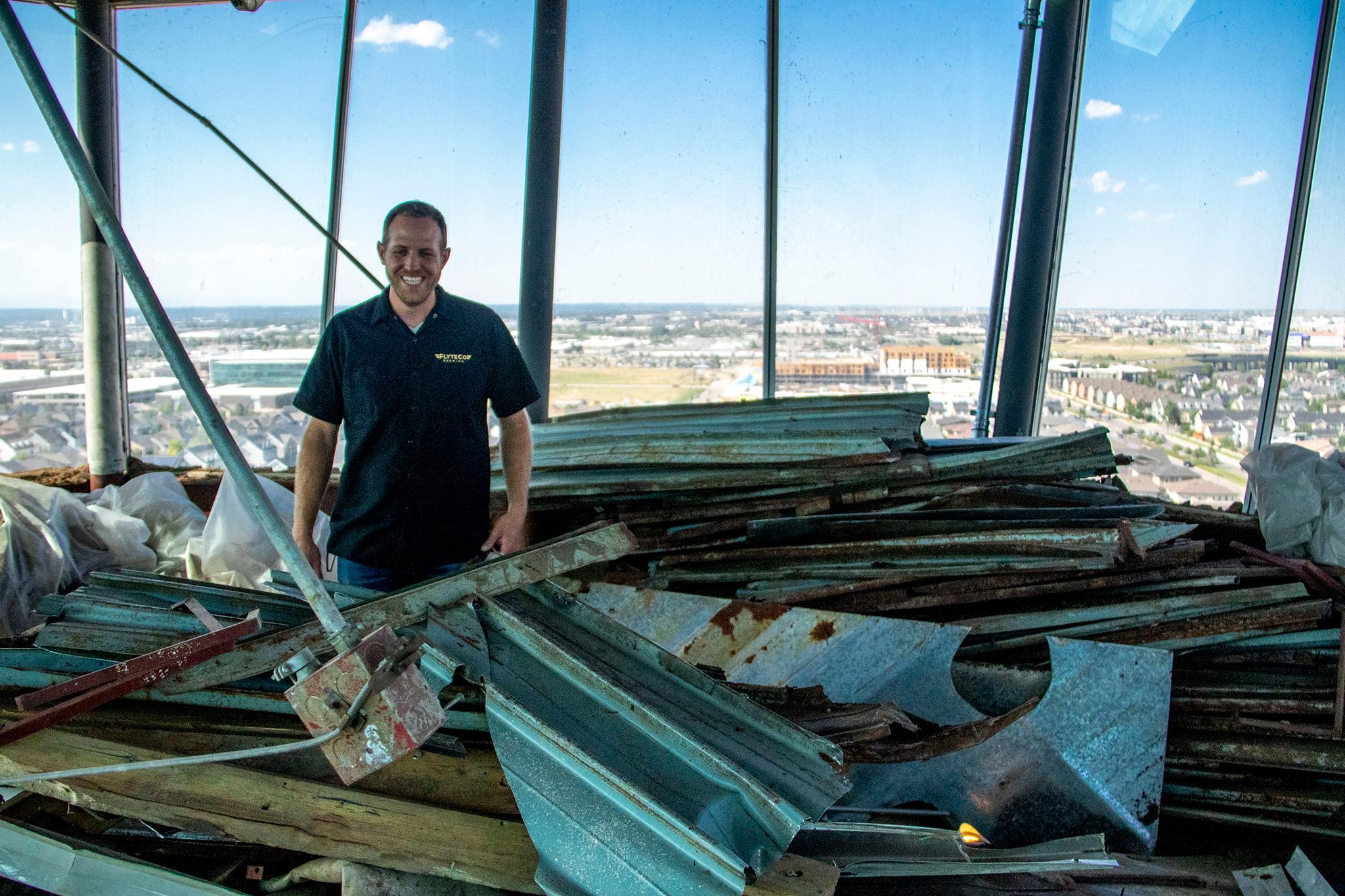
Stapleton served as mayor from 1923 to 1931 and again from 1935 to 1947. He's remembered today as a Ku Klux Klan member, a legacy that overshadows many of his signature projects that helped Denver grow.
Take the airport. The project redefined how aviation worked in the city. Denver airports were no longer mere landing strips sprinkled around town, like ones at nearby Smith Road in Aurora, 26th Avenue and Oneida Street, and Lowry Field at 38th Avenue and Dahlia Street. Instead, the airport would become a central travel hub for multiple major airlines, setting up Denver for massive commercial growth.
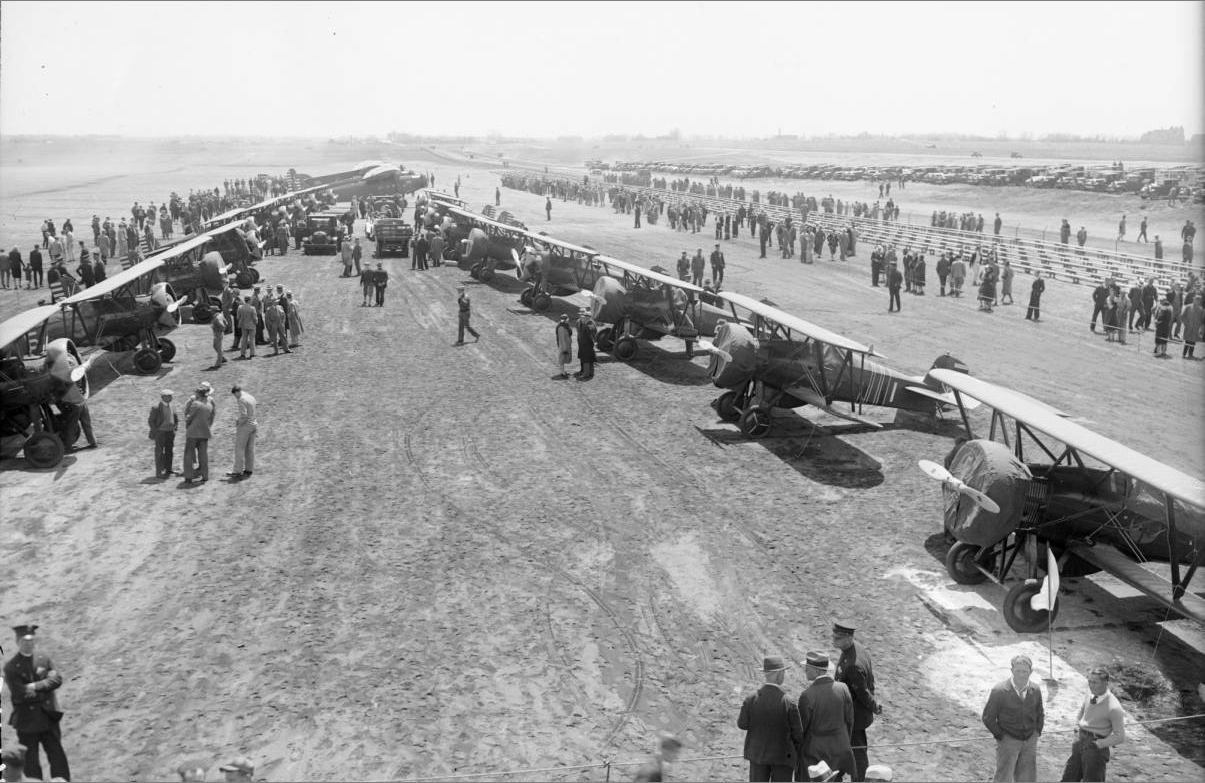
Over the years, the airport grew on the outskirts of town. As neighborhoods, like Northeast Park Hill, developed nearby, residents increasingly complained about the noise from planes.
In the '80s, then Mayor Frederico Peña pushed for a new airport and during former Mayor Wellington Webb's leadership in the '90s, Denver International Airport, now the third largest in the world, was built at its current location, far from downtown.
Stapleton, the airport, was the namesake of the planned neighborhood, which has risen over the past two decade. Amid racial justice protests in 2020, community members redubbed it Central Park. Proponents of the name change argued it would be a renunciation of the former mayor's racist legacy.
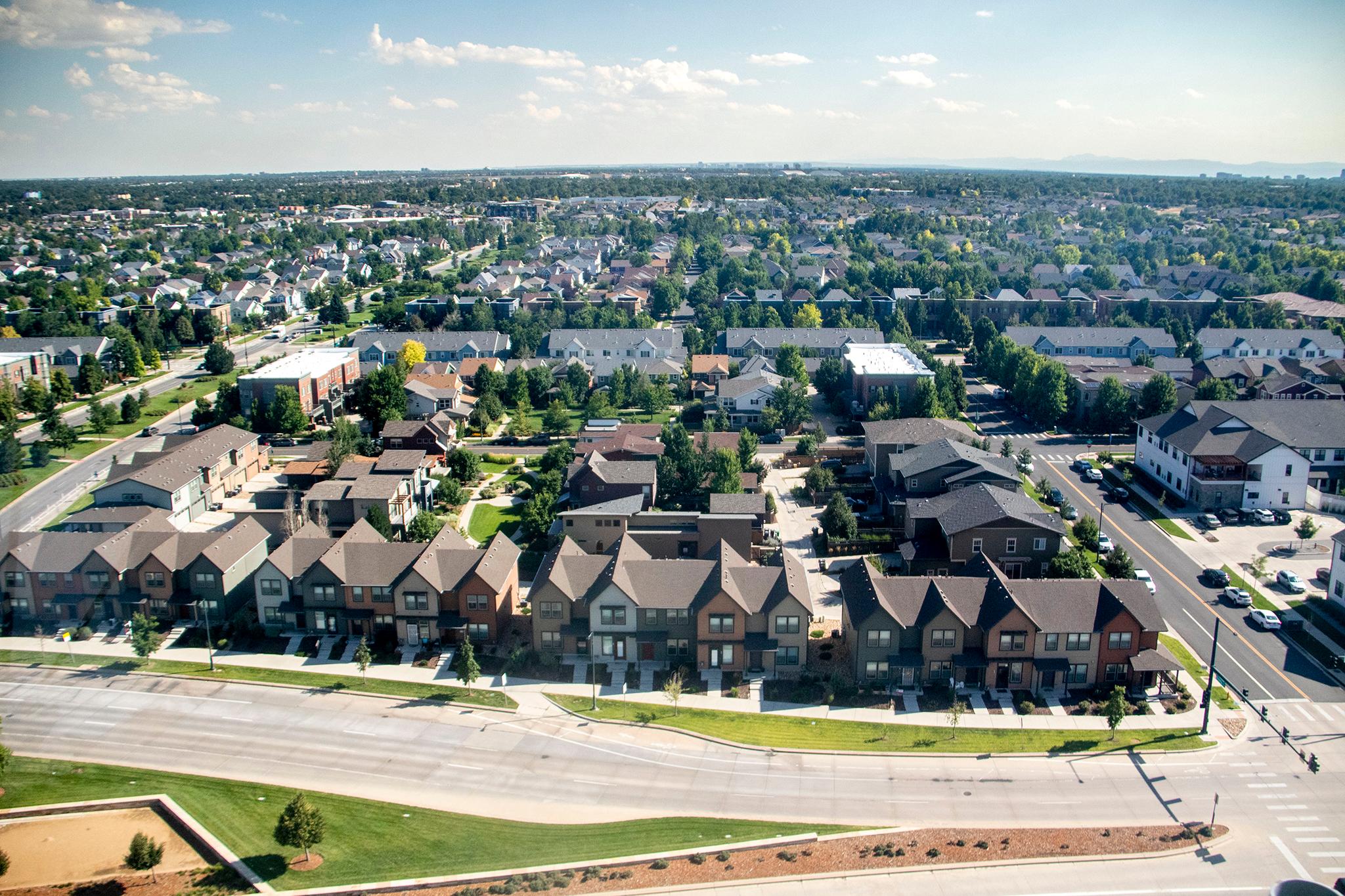
For twelve years after the airport closed in 1995, the air tower sat empty, with mixed reception: Some took pride in it as a historic place, while others viewed it as a decaying eyesore.
Finally, in 2017, Punch Bowl Social, the adult-oriented, family-welcoming bowling alley, arcade and restaurant-and-bar chain, made headlines, opening in the first two floors of the old air tower and installing a surrounding patio with small putt-putt greens and games.
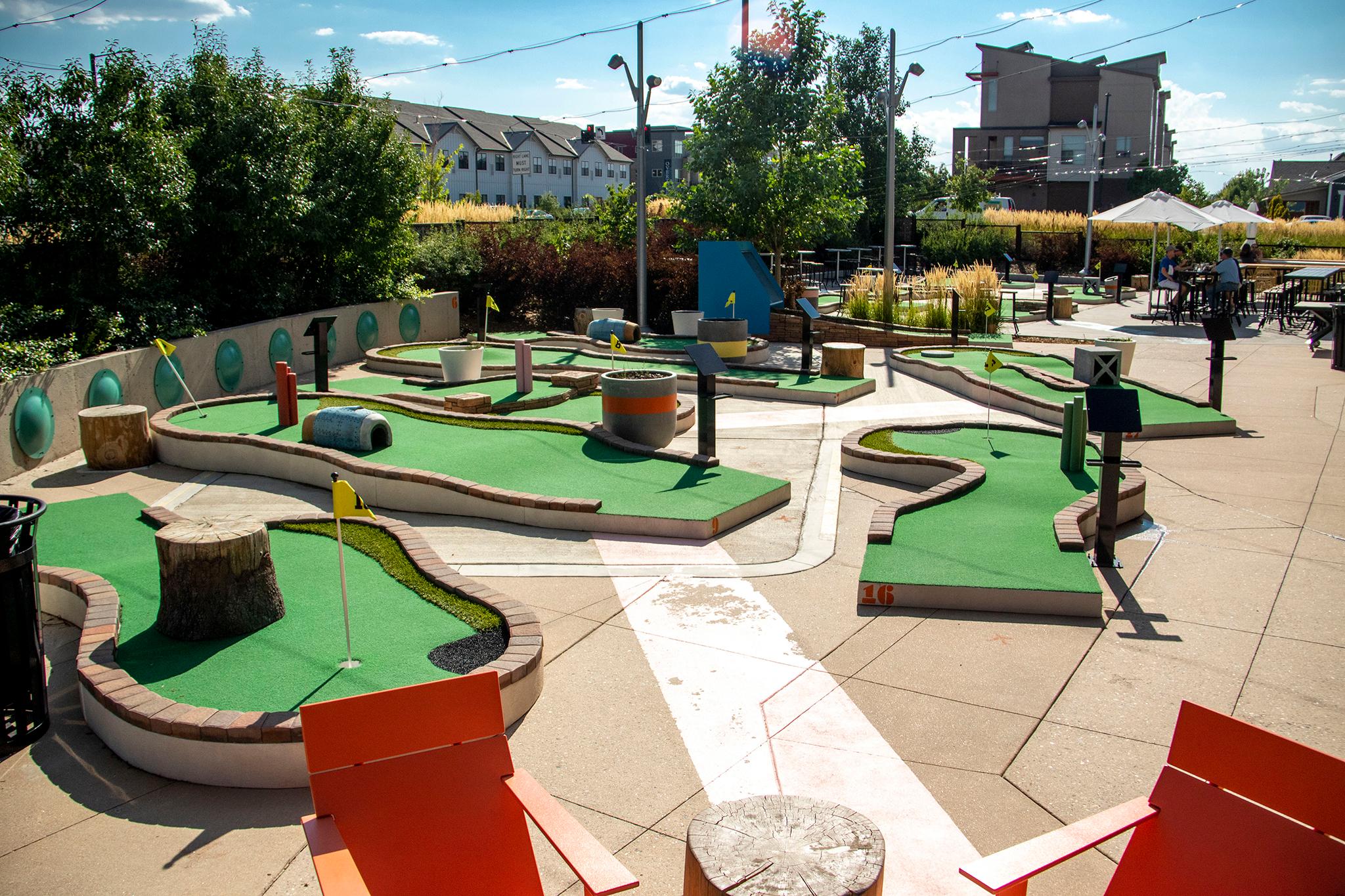
The area immediately surrounding it was still awaiting development, but families from the neighborhood flocked in so children could play and adults could enjoy a drink.
Then the pandemic hit and that location of the trendy chain shuttered its doors permanently in June of 2020. For over two years, the building stood empty again, the putt-putt greens and outdoor area sorely unused.
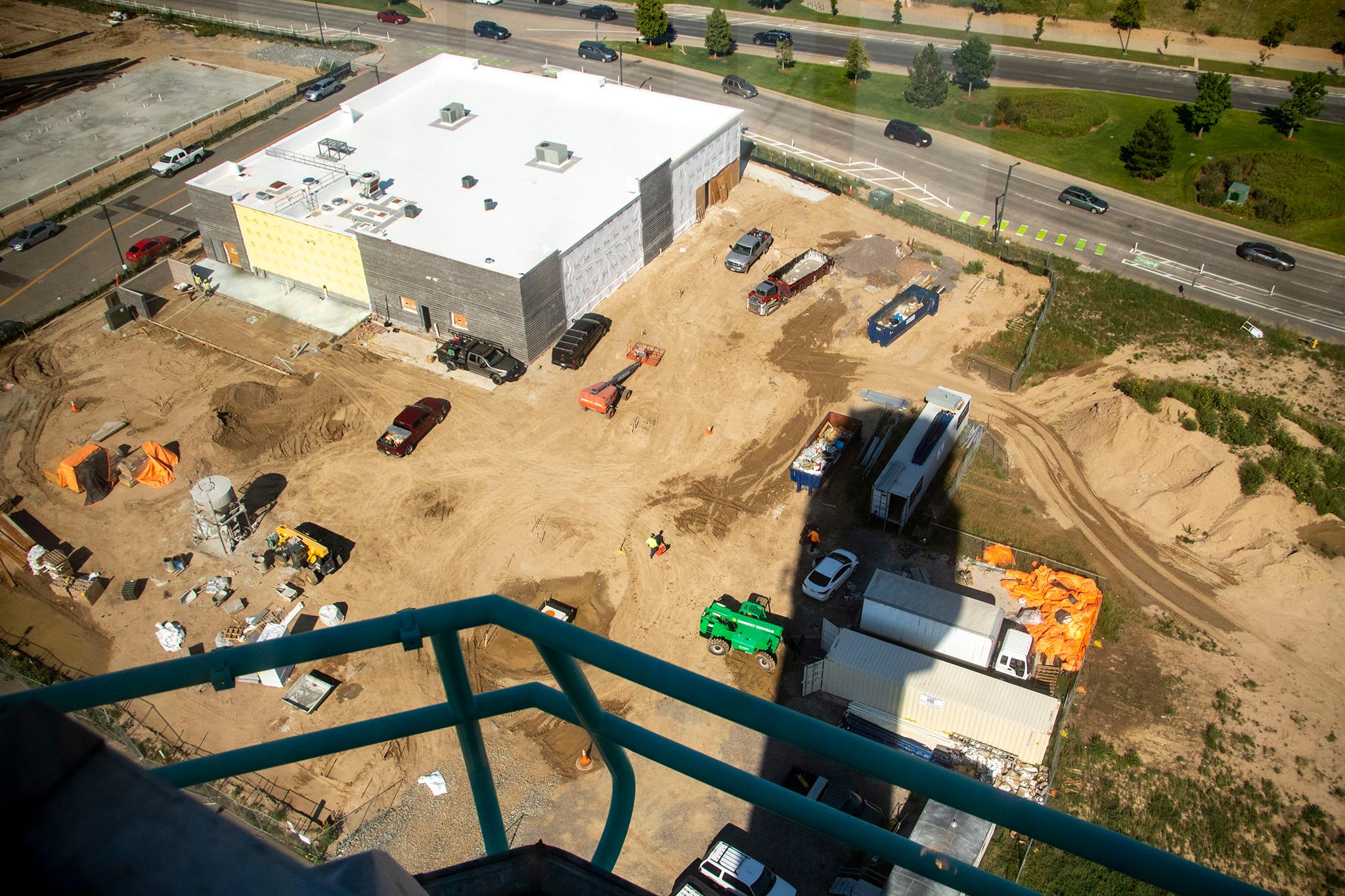
In recent months, Natural Grocers and an apartment complex broke ground nearby, and hope in the air-tower took off again.
Brewers and airplane enthusiasts Morgan O'Sullivan, Eric Serani and Jason Slingsby of FlyteCo Brewing, an aviation-themed brewery that opened its first location in West Highland, rented the building from acquaintances.
They were excited about building their business in the current neighborhood, and also saw possibility in the area's future. In the next few years, hundreds more residents will be moving into nearby apartments that are in development -- a virtually guaranteed customer base.
The area's past resonated with the FlyteCo owners as well.
"What a dream to be able to open an aviation-themed brewpub in a former air-traffic control tower," Serani said. "We couldn't be more excited."
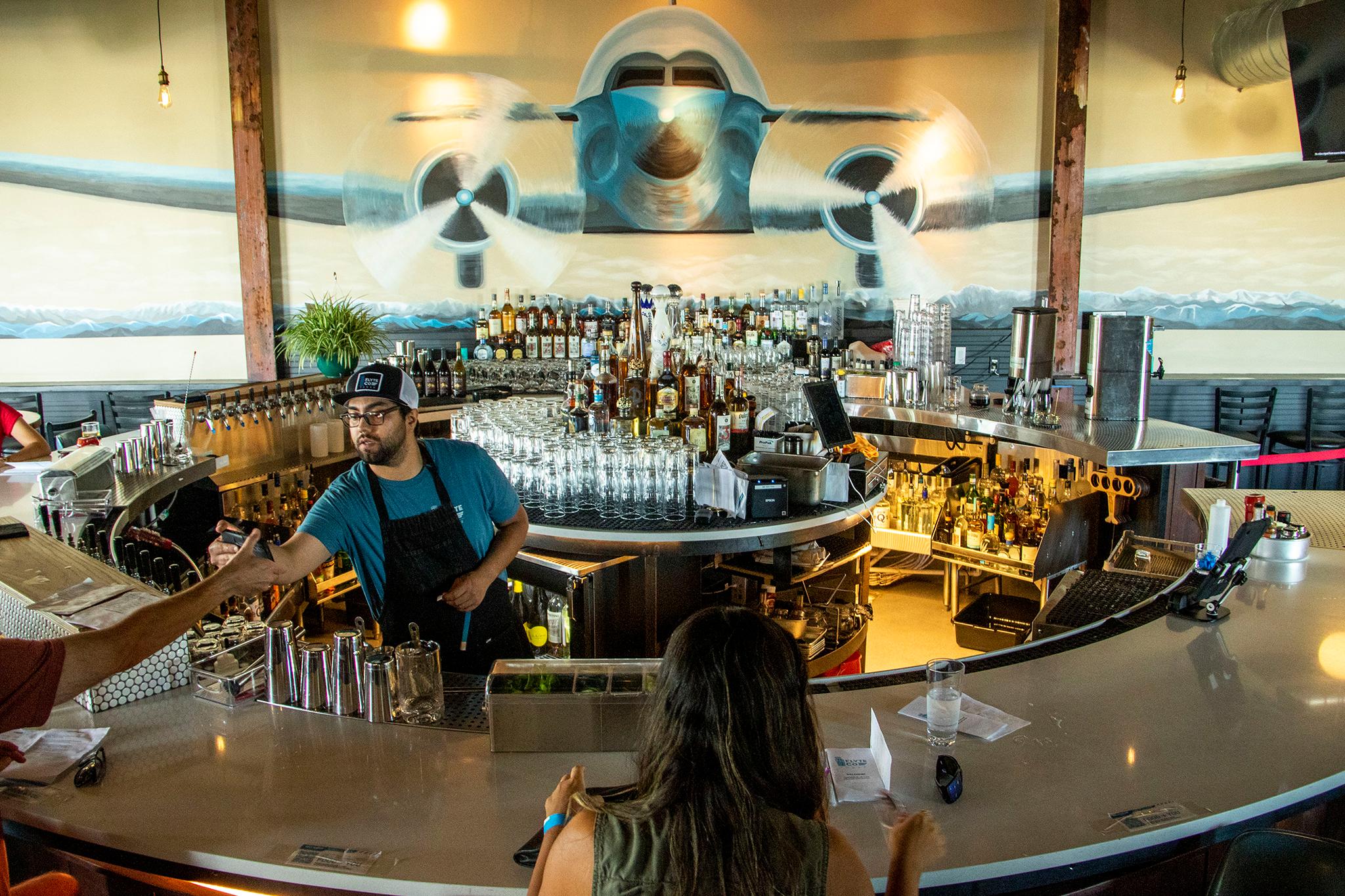
The new restaurant's design incorporates some of the old Punch Bowl Social bowling alleys, putting greens and decor, but it has been remodeled to reflect the history of the airport, with large-scale airplane models and murals of classic airplanes, even one of a plane taxiing over I-70.
The building is divided into two levels: The ground level is geared toward families, and the second floor is for date nights and other adult activities.
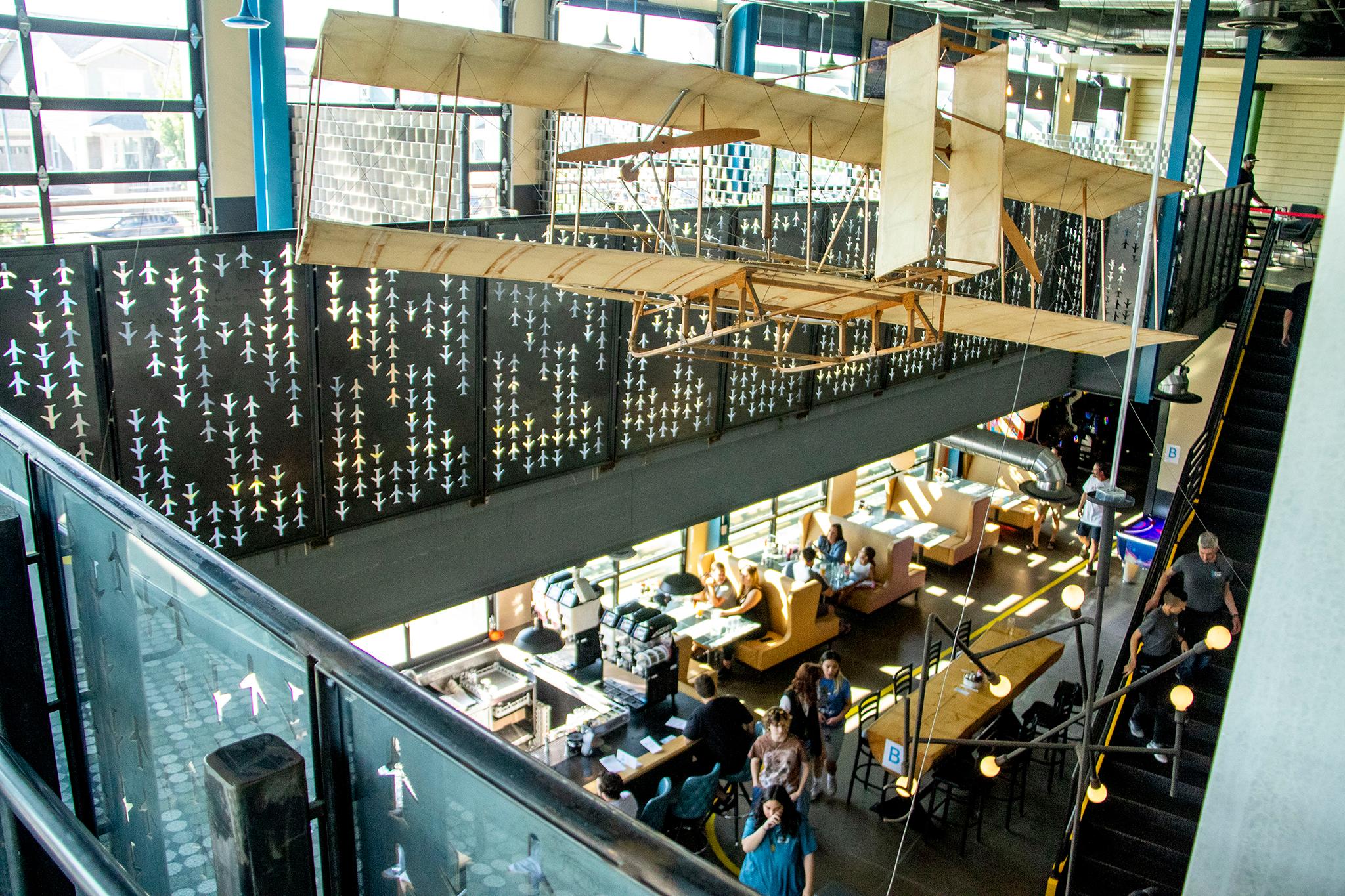
As of now, the upper part of the air tower itself is not activated, but that might change. In fact, it's the thing customers keep asking about.
"It's the best view in Denver, I think," Serani said. "It's not the tallest building in Denver. But man, there's nothing else around this area that is anything close. So you can see for miles and miles and miles. You get the city skyline, the mountains. It's beautiful."
Over the next couple of years, the owners plan to remodel the upper part of the air tower and turn it into a bar area where people can experience the expansive views of the Front Range.
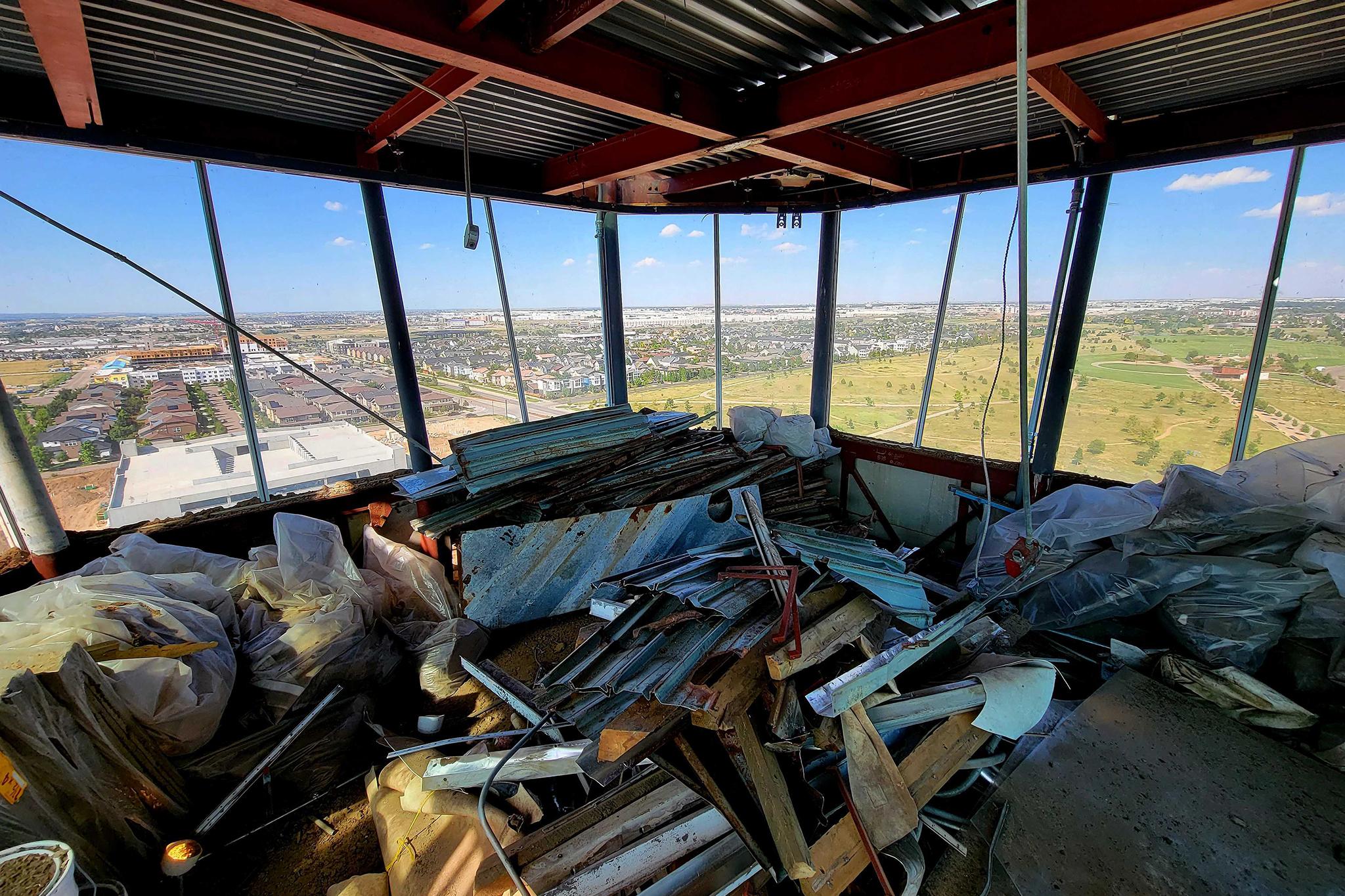
"We're working on it with our landlord," Serani said. "The tower is not up to code. It's not ADA accessible. The elevator doesn't go up. It's, for all intents and purposes, kind of a mess up there right now. So we're unable to do public access at the time, but they just put a new roof on last week. And we're probably going to take a couple of years to get it up to code, [add a] new elevator, probably [go] down the path of historic landmark designation, just to get it on the city's map."
"We're not going to stop working towards it until folks can go up there and enjoy a beer or a cocktail and watch the sunset over the entire Front Range with the cityscape," O'Sullivan added.
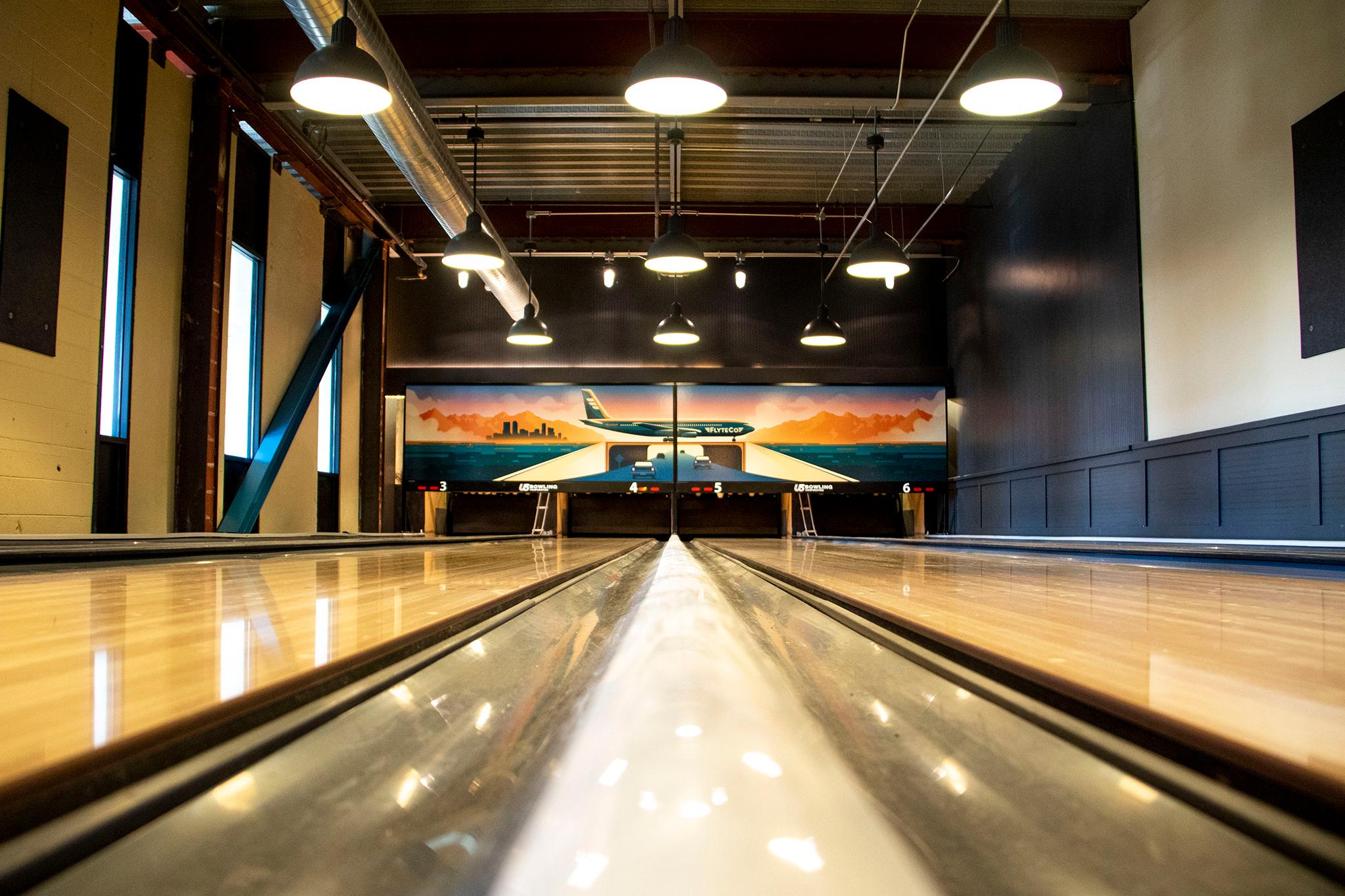
Currently, the FlyteCo Tower is open at 7 a.m. Thursdays through Sundays for to-go breakfast burritos and coffee. The bar opens and lunch service starts at 11 a.m.
The menu includes crispy prosciutto deviled eggs, wonton-wrapped fried pickles, high-end bar food and pizza. Cocktails and drinks are aviation-themed.
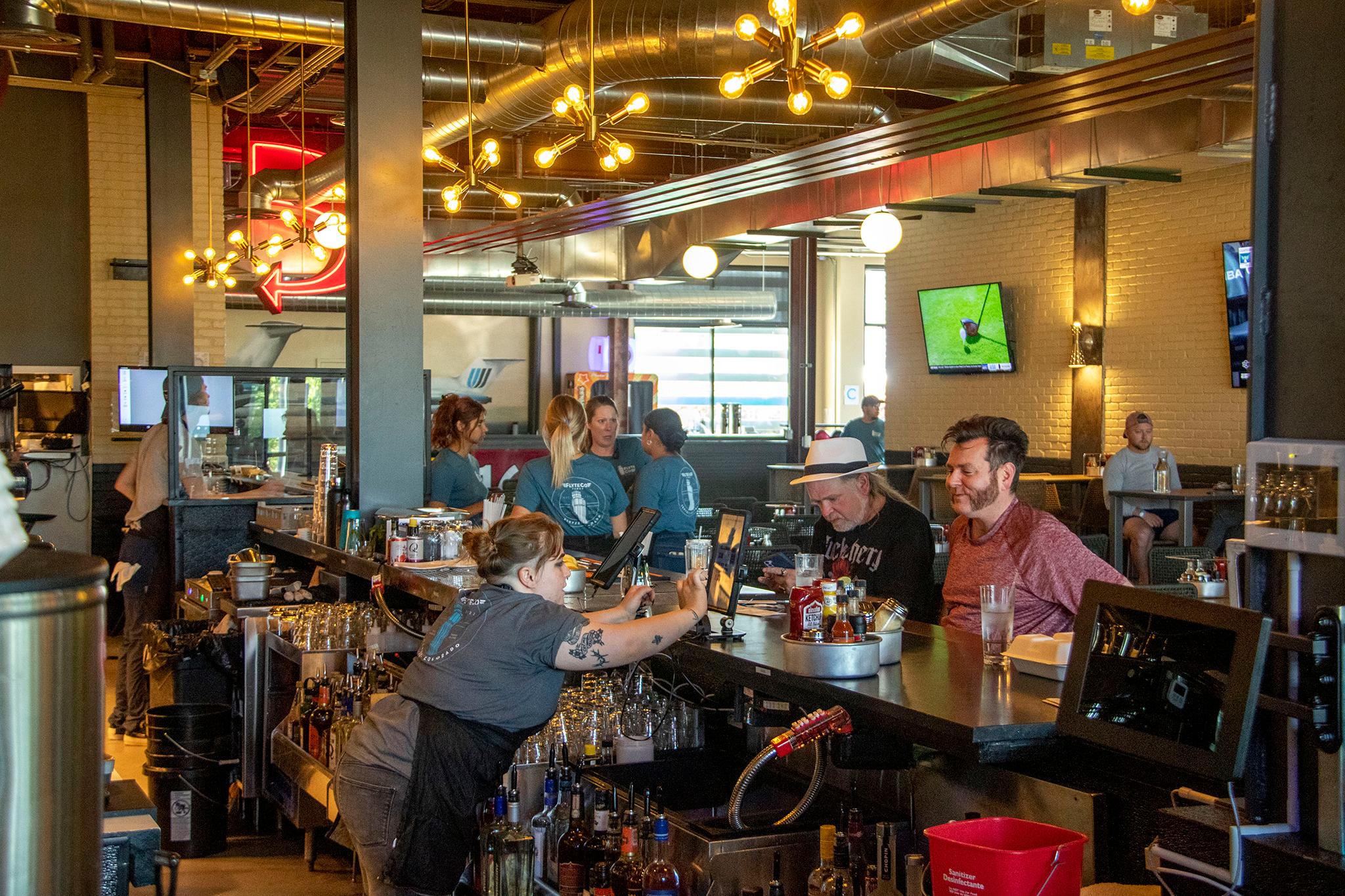
FlyteCo donates 10% of its proceeds to Stripes to Bars, a group that gets veterans transitioning out of the military into commercial aviation, the Experimental Aircraft Association's Young Aviators program, and more.
"This new place is really going to launch us in terms of our philanthropic contributions, to really be able to make some people's lives change," Serani said.

While philanthropy has always been a part of FlyteCo -- even through COVID lockdowns, the owners are excited about how the new location will expand that work.
"It's always good to do the right thing, because it's the right thing," O'Sullivan said. "But on this scale, we get to do more of the right thing. When we're doing good, we get to have a larger impact."

